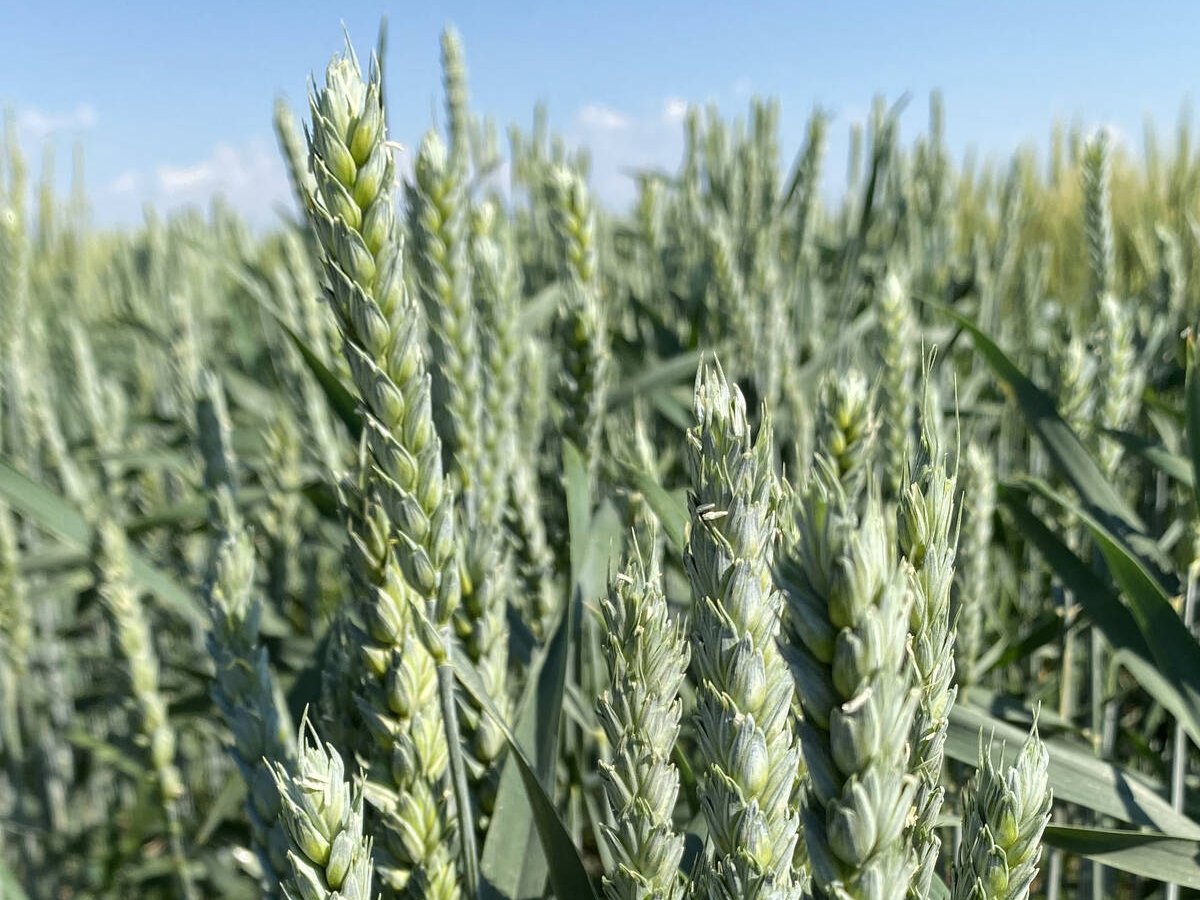Canadian pigs are pouring into the United States, even though many thought the new Brandon slaughter plant and cheap feed grains would plug the drain.
In the first quarter of 2001, the U.S. imported 1.23 million live Canadian hogs, a 25 percent jump on the same period last year. Manitoba produced more than half of the Canadian exports.
But the type of pigs being shipped has changed.
Canada used to ship three times as many slaughter hogs as feeder pigs.
Now, about 60 percent of the pigs shipped south are feeders. And feeder pig exports are soaring, going from about 600,000 per year in 1995 to more than 2.8 million in 2001, according to the U.S. Department of Agriculture.
Read Also

Discovery promises big wheat yield gain
University of Maryland researchers have discovered a gene that produces three grains per wheat floret instead of the usual one.
In the first quarter, Manitoba shipped 593,600 hogs to the U.S., of which 383,300 were feeder pigs weighing less than 50 kilograms.
Canadian slaughter pig exports have fallen, from more than three million a year to a projection of about two million this year.
A complex web of factors underlies this apparently contradictory phenomenon, analysts say.
Some midwest U.S. states are making it difficult for large sow operations to set up and some of the old ones are being abandoned. Yet feeder barn owners need hogs to fatten.
“They still want to feed and finish hogs, so they’re buying Manitoba weanlings,” said Janet Honey, a Manitoba Agriculture livestock markets analyst.
USDA says midwest feeder barn capacity has increased while farrowing barn capacity has diminished.
Manitoba producers often get premiums for selling to American buyers.
The U.S. Midwest also has an abundance of cheap feed corn.
For years, hog industry promoters in Canada said western Manitoba and eastern Saskatchewan were the cheapest places for feed grains in North America. They argued hog industry expansion would naturally shift there from other parts of the continent.
That was one reason Maple Leaf Foods built its plant where it did.
But most of the weanlings shipped to the U.S. come from southeastern Manitoba, where feed costs are higher and supply is short, Honey said. Fusarium has ravaged local grain stocks, forcing producers to import feed from the U.S. and Saskatchewan.
Until there are more feeder barns in western Manitoba and Saskatchewan, the U.S. will still seem a good market, said Honey.
Some southeastern Manitoba farmers also have long-term supply contracts with U.S. producers and some even own feeder operations there.
Honey said the weak Canadian dollar is a factor, but isn’t a dominant one because Canadian prices are generally based on North American prices, which use U.S. dollars.
Packers in Manitoba must start aggressively courting Manitoba pigs, Honey said, because they might not be able to rely on Alberta and Saskatchewan pigs for much longer.
The Olymel takeover of the Red Deer plant probably signals stronger price competition on the Prairies.
“I think the writing is on the wall that Manitoba packers are going to have to try to keep Manitoba hogs in Manitoba and not rely on Alberta and Saskatchewan,” said Honey.
Canadian slaughter hogs are being held back from U.S. markets to fill the Canadian packers’ need for export meat, which has become a booming business.
Canada recently became the biggest pork exporter in the world and if Canadian exports continue to grow, prairie packers could turn to U.S. animals, USDA says.
Canada has partially lifted the ban on U.S. animals established due to pseudorabies risk.















